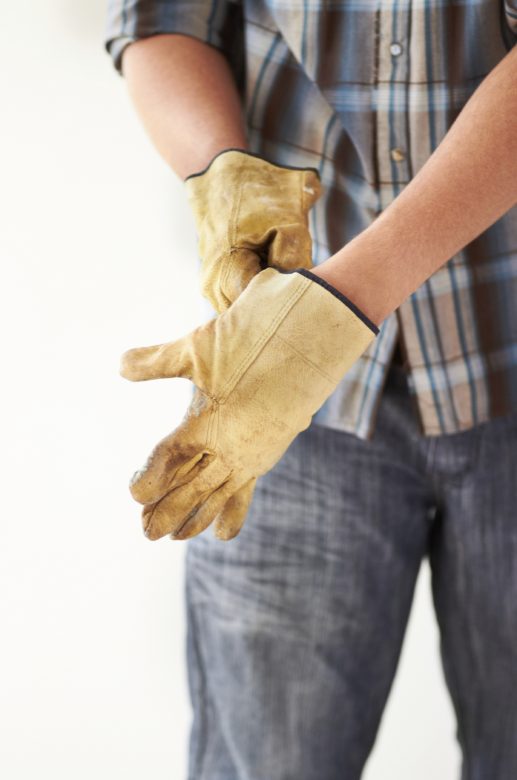Whenever a safety professional purchases new gloves, they have to consider cost, durability, fit and a whole host of other issues. But selecting the appropriate PPE for hand protection is only the first step in glove safety. Here are four components of hand safety you should consider no matter which gloves you decide to buy.
1. Glove training
It’s important to provide training whenever safety gloves are required. Workers should be educated on the right glove for the job, why glove safety is so essential, and the safety features of the glove they’ll be using. Supervisors should also be coached on how to encourage workers to make wearing gloves a habit. Once workers are in the habit of using the appropriate glove for the job, the risk of injury will significantly decline.
2. Human factors on hand
Providing the proper gloves and training is only one part of the picture; it’s also important to address the human factors that affect whether workers choose to wear safety gloves and other PPE. Human factors training is a crucial component of a successful PPE program. Being aware of state of mind and how it influences the ability to remember to use gloves during critical times is a great example of how human factors training works. It’s also easy to learn more about, and it takes as little as registering for a free on-demand webinar to discover how and why this type of training works.
3. Supervisor reinforcement
In order for any safety program to work you need supervisors to lead the way. If employees don’t see managers and frontline supervisors following the rules then they’ll be less inclined to observe proper glove safety procedures. There should be a positive and ongoing dialogue between supervisors and employees about glove safety, and workers should be able to see their bosses wear gloves whenever they’re required.
4. Put tired gloves to bed
If a glove is ripped, torn, or shows signs of degradation they need to be replaced immediately. Damaged gloves are less able to provide essential hand protection, and once gloves are overly worn the barrier between hand and hazard is reduced. Purchasing new gloves as soon as old ones start to show signs of wear is also a great indication to employees that you take hand safety seriously.
Want a more in-depth look at the challenges of PPE compliance? Check out our PPE Guide for tips on improving your entire PPE program, from glove safety to getting workers to actually wear safety equipment when they need it most.

